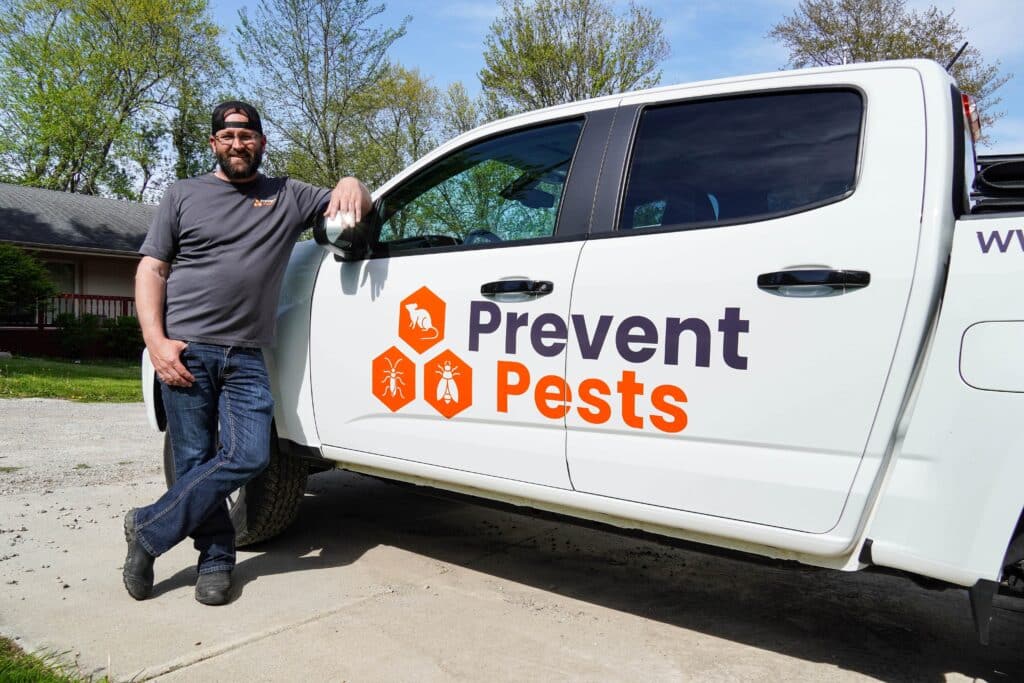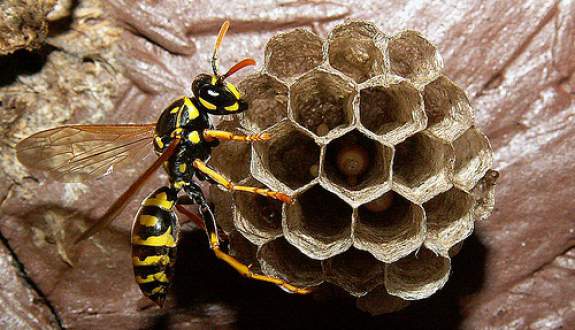Yellow jackets are one of the most aggressive stinging insects found around homes and yards. Unlike honeybees, they can sting multiple times, and their defensive nature makes their nests particularly dangerous when disturbed. During summer and early fall, colonies are at their peak, often housing thousands of individuals. For homeowners, this poses risks to safety, property use, and peace of mind.
Deterring yellow jacket nests before they take hold is the most effective way to reduce these threats. Understanding their nesting habits, what attracts them, and how to prevent colonies from growing ensures that outdoor spaces remain safe and enjoyable.

Understanding Yellow Jacket Nesting Habits
Yellow jackets prefer building nests in places that provide protection and easy access to food sources. Their colonies typically start in spring when a single fertilized queen emerges from winter hiding and begins building a new nest.
Common nesting sites include:
- Ground burrows: Abandoned rodent holes or soft soil are popular spots.
- Wall voids and attics: Small openings in siding or roofing allow entry.
- Shrubs and hedges: Dense vegetation provides cover for hidden nests.
- Outdoor structures: Decks, sheds, and play equipment can harbor colonies.
- Hollow trees or stumps: Natural cavities create protected environments.
Because nests are often hidden, homeowners may not notice a colony until yellow jackets become aggressive. Once established, nests expand quickly, making early deterrence critical. Recognizing that yellow jackets won’t just go away underscores why consistent monitoring and prevention measures are necessary.
Factors That Attract Yellow Jackets to Properties
Deterrence begins with eliminating the conditions that make properties appealing to yellow jackets. These insects are drawn to food, moisture, and shelter, all of which can be found in typical residential environments.
Primary attractants include:
- Uncovered trash bins: Sweet food residues and proteins attract foraging workers.
- Pet food outdoors: Spilled kibble or open dishes provide a steady food source.
- Fruit trees and gardens: Ripe or fallen fruit attracts yellow jackets.
- Outdoor dining areas: Sugary drinks, meats, and crumbs left behind are appealing.
- Moisture sources: Leaky spigots, clogged gutters, or birdbaths provide hydration.
By reducing these attractants, homeowners create an environment that discourages nest building. Consistent cleanliness and maintenance are the foundation of effective prevention.
Practical Deterrence Strategies for Homeowners
The best way to deal with yellow jackets is to make properties less inviting before colonies establish. While no method guarantees complete prevention, combining multiple deterrence strategies significantly reduces the risk of infestations.
Recommended deterrence methods include:
- Seal entry points: Caulk cracks in walls, repair screens, and block gaps around roofing.
- Maintain landscaping: Trim hedges, mow lawns, and clear debris that provides shelter.
- Cover garbage bins: Use tight-fitting lids and wash bins regularly to remove residues.
- Remove fallen fruit: Clean up gardens and yards frequently to eliminate food sources.
- Eliminate standing water: Repair leaks and empty containers that collect rainwater.
Adding decoy nests in outdoor areas can sometimes deter yellow jackets, as they are territorial and avoid nesting near competitors. However, deterrents alone are not a substitute for professional pest management when active colonies are present.
Health and Safety Risks of Yellow Jackets
Yellow jackets pose significant health risks, particularly for children, pets, and individuals with allergies. Their aggressive behavior around nests makes them more dangerous than many other stinging insects.
Risks associated with yellow jacket infestations include:
- Painful stings: Capable of multiple stings, often in large numbers.
- Allergic reactions: Severe cases can cause anaphylaxis requiring medical attention.
- Outdoor hazards: Nests near patios or play areas reduce safe outdoor use.
- Pet safety: Curious pets are often stung when disturbing nests.
- Escalation over time: As colonies grow, risks increase dramatically.
Nests can contain thousands of workers by late summer, but attempting to remove them without training is not recommended, as DIY methods are highly dangerous. Professional intervention is often necessary for a safe process.
When Professional Help Is the Best Option
Despite taking preventive measures, yellow jackets may still establish nests in hidden or hard-to-reach places. Once nests are active, professional extermination is the safest and most reliable course of action.
Advantages of professional intervention include:
- Accurate nest identification: Locating nests in hidden areas like walls or underground.
- Safe treatments: Use of specialized tools and protective equipment.
- Effective elimination: Ensures entire colonies, including queens, are removed.
- Long-term prevention: Experts provide guidance on reducing future risks.
- Peace of mind: Confidence that family and property are protected.
Attempting to handle nests alone often results in painful stings and incomplete removal. Professionals not only resolve the immediate problem but also help homeowners implement stronger prevention strategies.
Protect Your Home From Yellow Jackets
Yellow jackets are aggressive and dangerous when nesting near homes, but deterrence strategies significantly reduce risks. By eliminating attractants, sealing entry points, and maintaining outdoor areas, homeowners create an environment that discourages nest formation. For safe and effective solutions tailored to your property, contact Prevent Pests and keep your home protected year-round.

